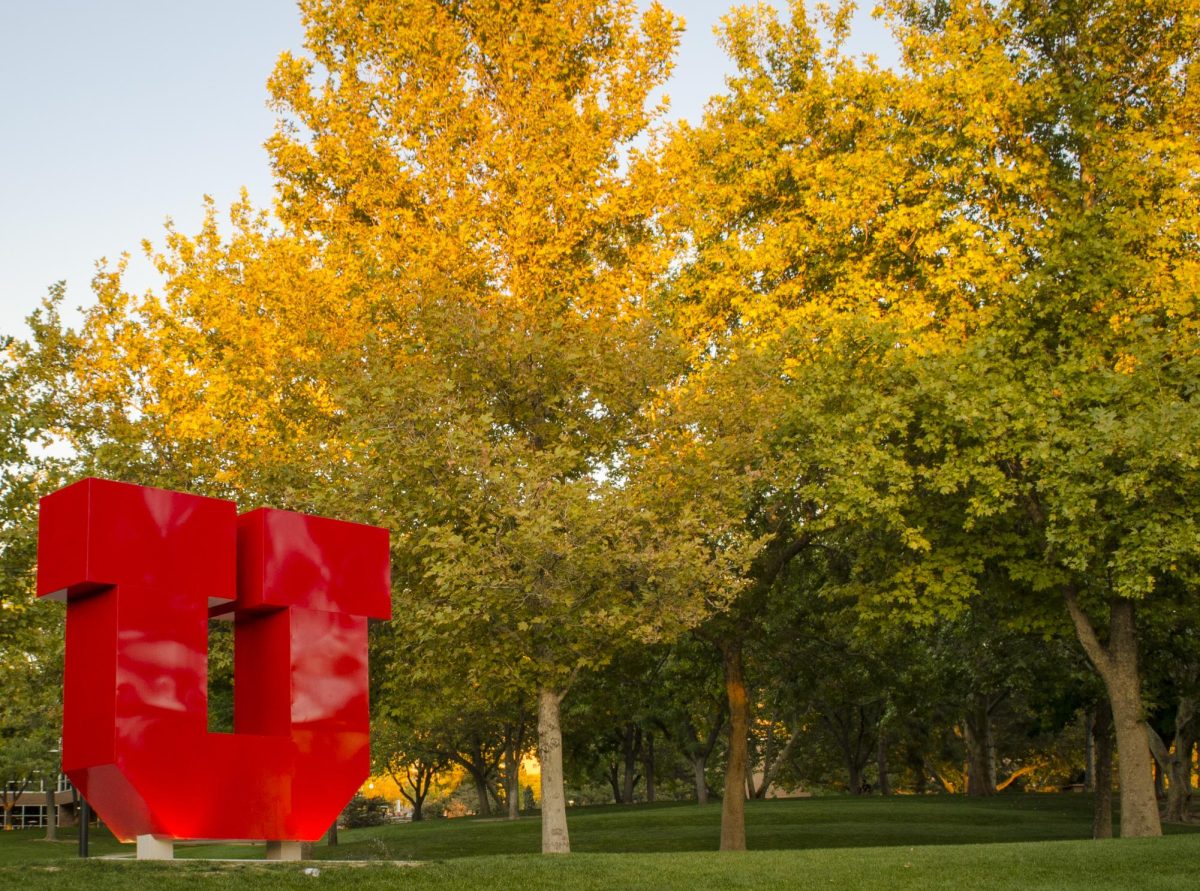Over the past few months, the University of Utah campus planning team has been working on a new Physical Development Plan (PDP) in efforts to support the Impact 2023 Strategic Plan. This 10-year plan is expected to increase campus capacity and redefine student life at the U.
“We want to go from what we call a commuter campus, to a community campus,” Campus Planning Director Andrew King said.
Physical Development Plan
The campus planning team “is tasked with the management and implementation of what historically was called the Campus Master Plan,” King explained.
However, King believes the U has outgrown this form of future planning. The campus planning team has changed the Master Plan to the Physical Development Plan, which “takes the strategic growth vision for campus and creates a physical representation,” King said.
This plan is designed to tackle a few main issues the U is facing, including campus functionality, quality of student life, sustainability practices and land use.
According to a timeline accessible on the PDP website, initiatives outlined in the PDP should be in progress within the next 10 years.
What to Expect
The PDP will result in several changes.
“Students need a place to be 24 hours a day, not just a place to go to class and go home,” King said. This goal will be addressed by implementing amenities on campus that make it feel like home. This includes things like “center-based” housing, retail locations, destination dining experiences and spaces for students to relax or recreate.
Additionally, this plan will directly address some major student concerns. The PDP includes parking solutions that involve changing class scheduling to better disperse when students are coming and going on campus, in turn opening up parking throughout the day. It will also create student-accessible apps that display open parking spaces to get rid of the daily hunt for a parking spot and add more parking structures on campus.
Another large aspect of the PDP is campus sustainability and functionality. When discussing sustainability practices on campus, the PDP mostly addresses plans to reduce single-occupancy vehicles.
“We are a small city with 70,000 to 80,000 people on campus today,” King said. “We are a growing city and we have city problems. We have carbon neutrality goals and sustainability goals, growth goals. We also have political realities and we want to be sensitive and accommodating to as many of those as we possibly can.”
The PDP Guiding Principals clearly outline goals to make campus more accessible by “enhancing campus safety, connectivity and sustainability and reducing the impact of vehicular traffic through campus.”
Some of the steps towards reaching this goal are the realignment of South Campus Drive to make campus more pedestrian-friendly and strengthening public transportation systems at the U. In addition, King discussed implementing ride-share programs and transportation systems for students living on campus.
“We want to create beautiful places for students to be on campus for whatever reason they choose to be here … We’re going to double down on a lot of the open spaces we have and make sure we preserve those in perpetuity,” King said in reference to land use.
The Student Voice
The PDP website features space for students to give their input on campus development and share what changes they would like to see.
“The more people who go and leave comments, the more we can target what students really think they need and want on campus, and incorporate those into our plan,” King said.
King also suggested that students go to their student government or class leadership to give input.
“The hope is to create a place that students want to not just come here for academics, but choose to come here for all the other reasons that make the University of Utah a unique place to be,” King said.



